Letters from Lodi
An insightful and objective look at viticulture and winemaking from the Lodi
Appellation and the growers and vintners behind these crafts. Told from the
perspective of multi-award winning wine journalist, Randy Caparoso.
The annual Lodi Grape Festival continues to celebrate the region's number one commodity (grapes!)
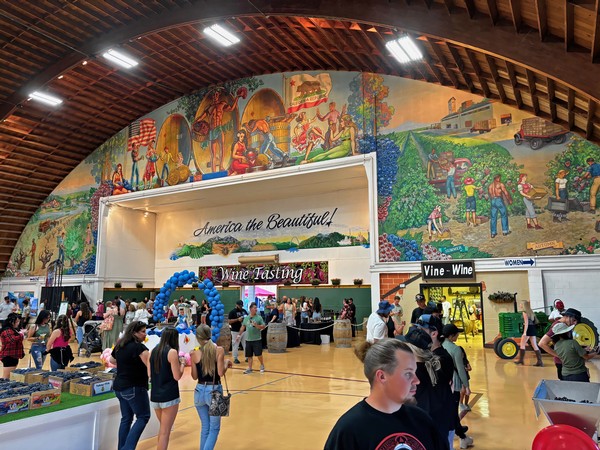
The Ole Mettler Pavilion on the grounds of the Lodi Grape Festival during last weekend's 2024 Lodi Grape Festival, festooned by a dramatic mural depicting the labors of the Lodi grape growing industry.
In 1934 Lodi was in the mood to celebrate. Naturally, local farmers and city organizers felt that it should also be a celebration publicizing the region's number one commodity: Grapes.
Not that there was much else to celebrate. The entire country was still in the throes of the Great Depression, affecting Lodi as much as any community in America. The year before (in 1933) Lodi farmers fought tooth and nail against union organizers, threatening to disrupt vineyard operations. It did not end well... for the strikers and organizers (see our 2023 post, History of Lodi labor).
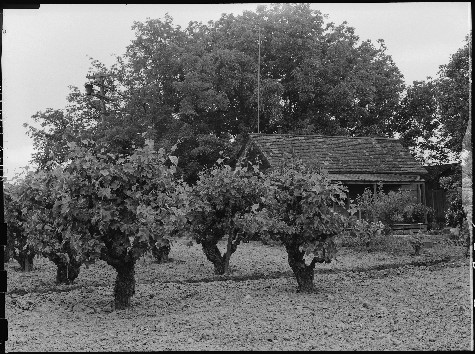
Fully mature Lodi grapevines (most likely Flame Tokay) owned by an American-Japanese family photographed in 1944 by the famous photographer Dorothea Lange for the U.S. Department of the Interior's War Relocation Authority.
Also at that time, wine grape prices were at a low. Prohibition, which was finally repealed in December of 1933, had ushered in about a decade of prosperity for Lodi growers, who had significantly increased their acreage in order to meet the steady demand of the grape packing industry, which supplied fruit to home winemakers from coast to coast (to learn more about this industry, see our previous post One of Lodi oldest heritage vineyards is picked and packed for home winemakers).

Mid-1930s Lodi Grape Festival publicity photo showcasing the region's preeminent grape, Flame Tokay, and the native culture of Lodi's influential German community. Lodi Grape Festival.
But by the end of 1933, there were just five local wineries capable of crushing grapes and producing wine, and the grape market was flooded because of the same ol' industry bugaboo⏤overplanting. Prices were said to fall from $12 to $7, and then $5 per ton. Writes Wanda Woock in her book Jessie's Grove: "Growers were angry and devastated... How strange, so many thought, that Prohibition had the exact opposite effect of what people thought would happen when it started and when it ended."
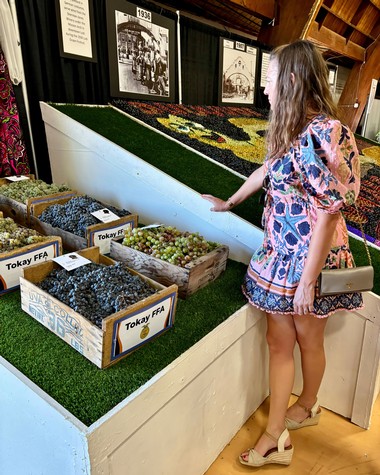
Lodi Winegrape Commission sustainability director Stephanie Bolton PhD looking at the prize winning Flame Tokay grapes on dispay during the 2024 Lodi Grape Festival, along with lavish "grape murals" painstakingly created by multiple Lodi organizations.
There was one grape, however, that continued to perform well for Lodi grape growers, and that was Flame Tokay, also known simply as Tokay. Flame Tokay, in fact, was Lodi's most widely planted grape for nearly a century, between the 1880s and 1980s. The cultivar, a variety of Vitis vinifera related to all the world's great wine grapes, was sold primarily as a table grape, although it could also be used to produce brandy and fortified sweet wines.

Circa-early 1900s postcard depicting the bounty of Lodi's Flame Tokay crop.
The special thing about Flame Tokay was that it was extremely site-specific. Its selling point was the bright pinkish color the grape attains when it ripens to peak flavor. The trick was, Flame Tokay needs just the right amount of bright sun, warm climate, cool nights, daily breezes, and rich yet deep, sandy soil to allow its roots to penetrate deep into the ground to accumulate the nutrients needed to attain that prized color and flavor. An exact terroir, as it were, that could only be found in the area surrounding the City of Lodi, and nowhere else in California, or the world for that matter. Since 2006, this area has been officially demarcated and identified as the Mokelumne River AVA (i.e., American Viticultural Area).
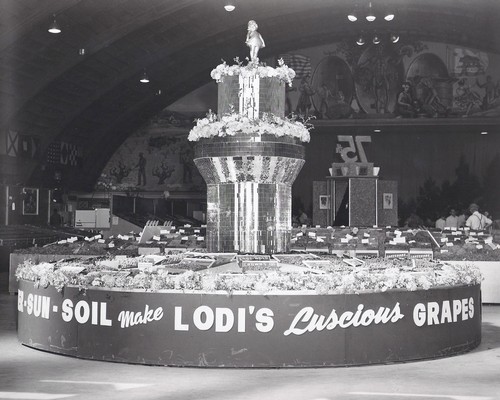
Display of a wide variety of grapes grown in the Lodi appellation from a past Lodi Grape Festival, in the grounds' main exhibition hall now known as Ole Mettler Grape Pavilion. Lodi Grape Festival.
Hence, in 1934, the City of Lodi chose to celebrate its signature commercial product by bringing back an annual Lodi Grape Festival, replicating its monumental 1907 Tokay Carnival, a three-day festival that was held to celebrate the success of Flame Tokay (for that story, see our post In 1907 Lodi celebrated grapes like no city never-ever has).

September 1950 photo of the Lodi Grape Festival Pavilion mural—depicting the four seasons of Lodi grape cultivation—finished by artist John Garth just in time for the 1950 Lodi Grape Festival. Lodi Grape Festival.
Like the 1907 Tokay Carnival, the Lodi Grape Festival takes place in mid-September of every year, when most of the region's grapes, from Tokay to Zinfandel, are ready to pick, and can be shown off in elaborate displays, blue ribbon contests and parades all during the festival.
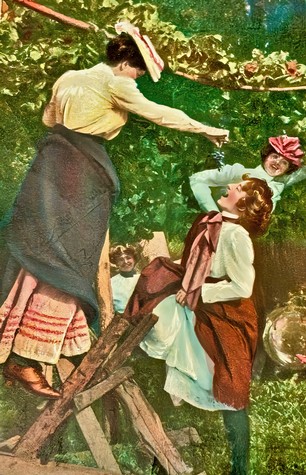
One of many postcards printed to publicize the historic 1907 Tokay Carnival. Lodi Grape Festival.
Just like the historic Tokay Carnival, Lodi Grape Festival organizers chose a "Queen Tokay" (the 1907 Tokay Carnival's monarch was called "Queen Zinfandel") and a full court of "Princesses," who also agreed to participate in public events throughout to year to help promote the Lodi grape growing industry, sort of like the Lodi region's own "Miss America."
Unlike the original Tokay Carnival, the Lodi Grape Festival was not a one-off. Since 1934 the Lodi Grape Festival and National Wine Show Association, Inc. has remained a nonprofit entity established to promote all of San Joaquin County's agricultural products. This 501(c)(5) is contracted to put on a Lodi Grape Festival & Harvest Fair year during the September harvest season, as well as an annual Lodi Spring Wine Show.

Lodi Grape Festival's first Queen Tokay, in 1934, Marie Graffigna. Lodi News Sentinel, Lodi Historical Society.
The first Lodi Grape Festival Queen was a 21-year-old graduate of Lodi Union High School named Marie Graffigna. It was a very, very big deal. As a September 2004 Lodi News-Sentinel article reminisces:
In the waning years of the Great Depression, Marie Graffigna was a well-liked young woman who likely turned a few heads when she walked along the downtown sidewalks. But her quiet life changed dramatically... when she was crowned the first queen of the first Lodi Grape Festival and became an endearing symbol of that groundbreaking harvest celebration...
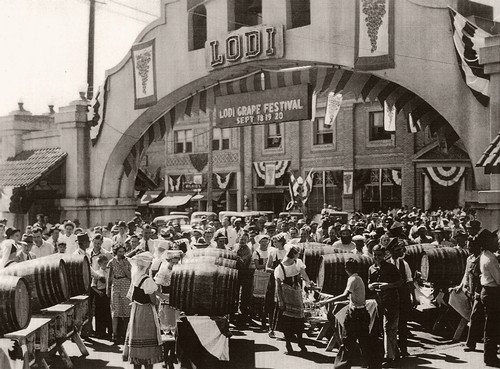
1936 Lodi Grape Festival manned by volunteers in German garb with wine barrels under the landmark Lodi Mission Arch. Lodi Historical Society.
Graffigna was photographed and her image was featured on Southern Pacific passenger train dining menus. She also was pictured on the "Tokay Queen" box label of her uncle John Graffigna's grapes shipped all over the world.
For her coronation, Graffigna wore a regal velvet dress and a robe adorned with 120 yards of silver ribbon which Woman's Club members stayed up nights sewing on by hand. An estimated 8,000 people crowded onto Lodi Union High School's Flame Field to view the queen's coronation during the September festival.
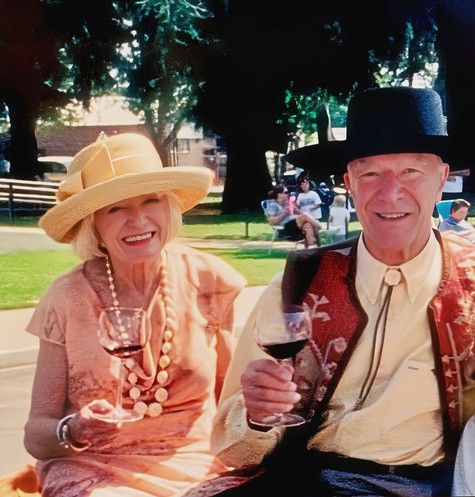
Making an appearance at the 1999 Lodi Grape Festival Grand Parade: Robert Mondavi (former class president, star football player and graduate of Lodi Union High School) and Margrit Mondavi. Lodi Grape Festival.
Since 1949 the Lodi Grape Festival has taken place on the permanently established 20-acre Lodi Grape Festival fairgrounds, consisting of exhibition halls and venues expansive enough for simultaneous live entertainment, colorful carnival rides, and all the legendary treats, such as 1-ft. long local gourmet sausages, turkey legs, and deep-fried Oreos.
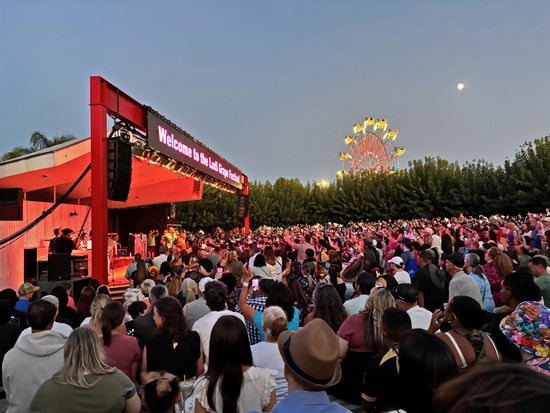
This past Saturday night at the 2024 Lodi Grape Festival, Smash Mouth entertains an enthusiastic crowd of Lodi music lovers under the mid-September moon.
Although the tradition of crowning a Queen along with an attendant royal court—and soon after, the "Grand Parades" going down the streets of Lodi—ended in 1980, the Lodi Grape Festival has remained the community's annual tribute to the region's primary agricultural product (grapes!), only befitting of an appellation that also remains easily the largest winegrowing region in the entire United States.
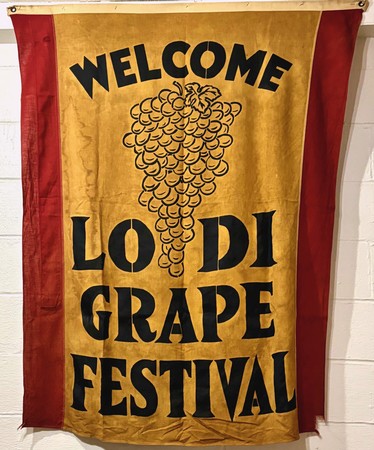
Vintage Lodi Grape Festival banner on display at the Lodi Grape Festival.
A photographic walk through Lodi's past, captured from displays put out during this past weekend's annual Lodi Grape Festival...
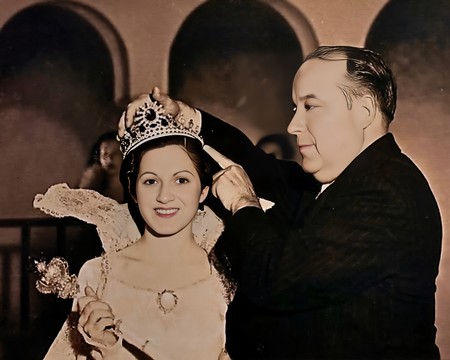
The 1935 Lodi Grape Festival Queen Tokay Dora Lerza being crowned by California Lt. Gov. Hatfield. Lodi Grape Festival.
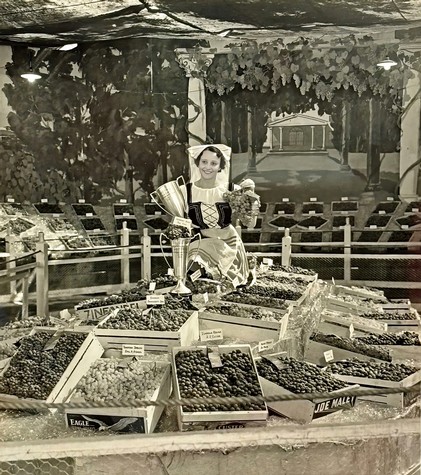
Queen Tokay Dora Lerza proudly displaying a bounty of Lodi grapes during the 1935 Lodi Grape Festival. Lodi Grape Festival.
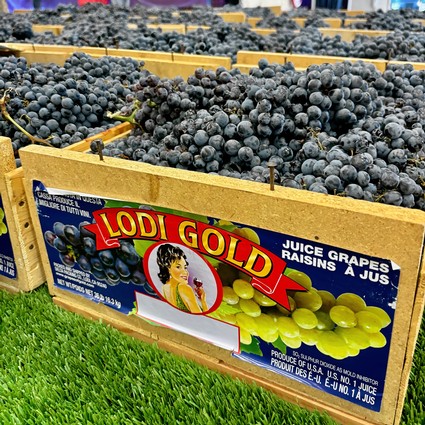
Close-up of blue ribbon-winning Carignan in a vintage fresh grape crate displayed at the 2024 Lodi Grape Festival.
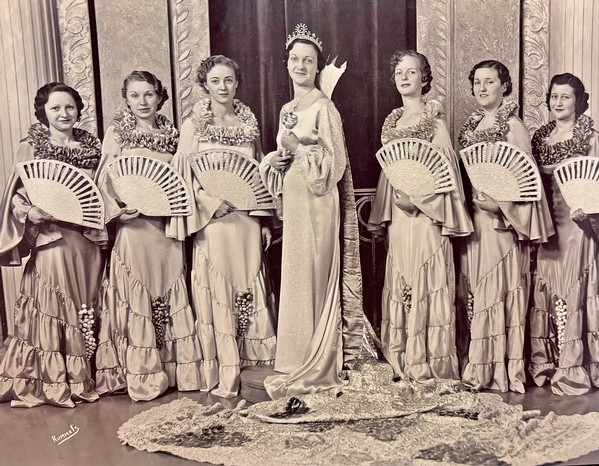
1936's Lodi Grape Festival Queen Tokay Elinore Mettler with her royal court of Princesses. Lodi Grape Festival.
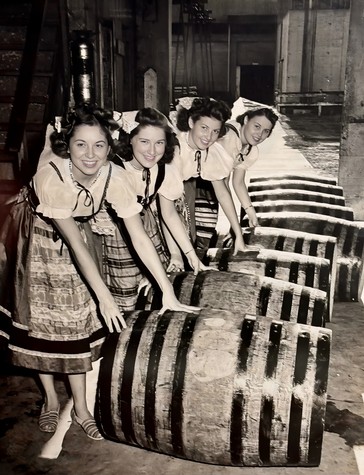
A 1941 "roll out the barrels" Lodi Grape Festival publicity photo taken at Lodi's East-Side Winery. Lodi Grape Festival.
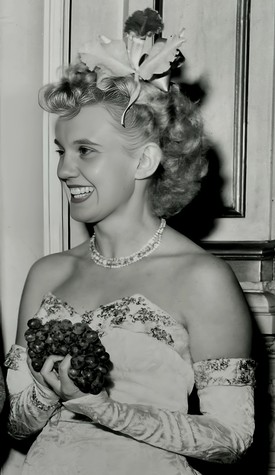
1947 Lodi Grape Festival Queen Tokay Beverly Woock Felten with her corsage of Flame Tokay. Lodi Grape Festival.

Ethel Nies, 1948's Lodi Grape Festival Queen Tokay. Lodi Grape Festival.
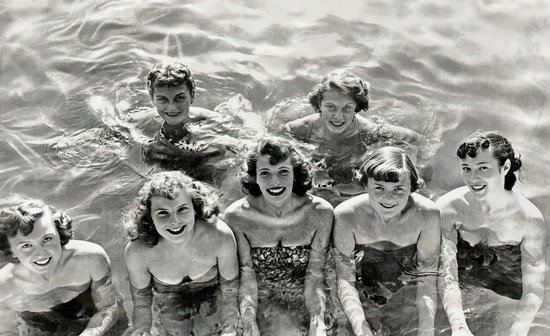
A mildly daring pool shot of the 1951 Lodi Grape Festival Queen and Princesses. Lodi Grape Festival.
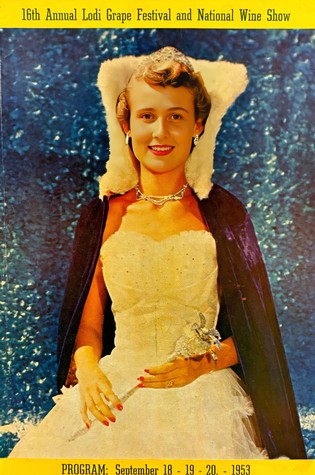
The 1953 Lodi Grape Festival program pamplet showing that year's Queen Tokay. Lodi Grape Festival.
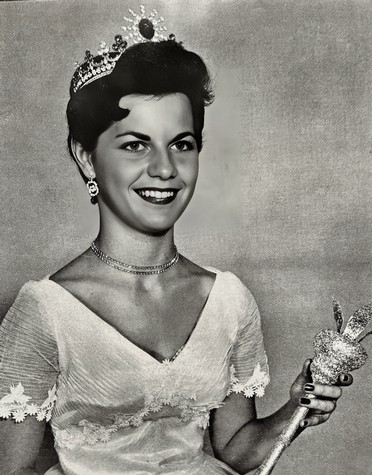
1955 Lodi Grape Festival Queen Tokay Alice Bauer. Lodi Grape Festival.
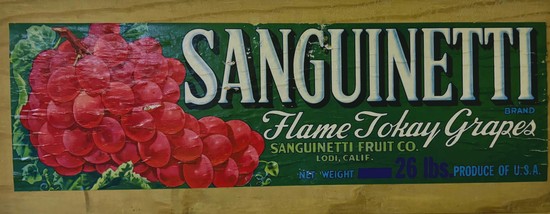
Vintage Flame Tokay crate label on display at the Lodi Grape Festival.
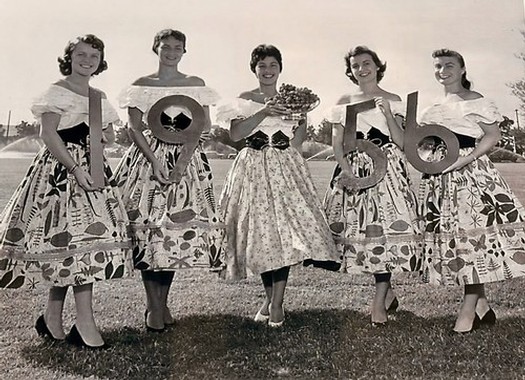
The 1956 Lodi Grape Festival Queen Tokay Miriam Mosri and her royal court. Lodi Grape Festival.
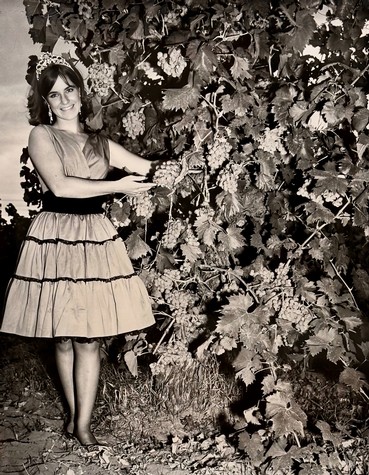
1967 Lodi Grape Festival publicity photo showing Queen Tokay Chari Lee Jones with a gigantic Flame Tokay grapevine on Lodi's Alpine Road. Lodi Grape Festival.

1963 Lodi Grape Festival Queen Tokay Carlene Fuller with Bozant Katzakian (left, Festival Director) and Russell Gierhart (Festival President). Lodi Grape Festival.

The1970 Lodi Grape Festival Queen Tokay Sally Ann Eslinger (third from left) with her grape laden Princesses and Festival President Raymond Jansen. Lodi Grape Festival.
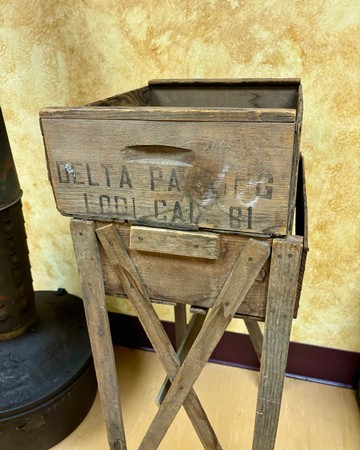
Vintage grape packing stand on display at Lodi Grape Festival.
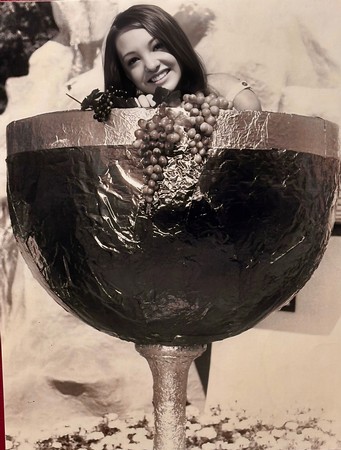
1971 Lodi Grape Festival Queen Regina Clements in a grape-and-wine-cheery publicity shot. Lodi Grape Festival.
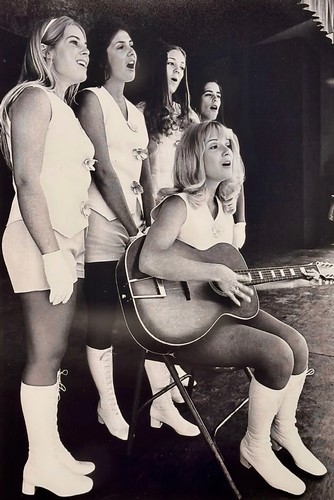
The 1972 Lodi Grape Festival royal court with Queen Tokay Cindy Newman (third from left). Lodi Grape Festival.
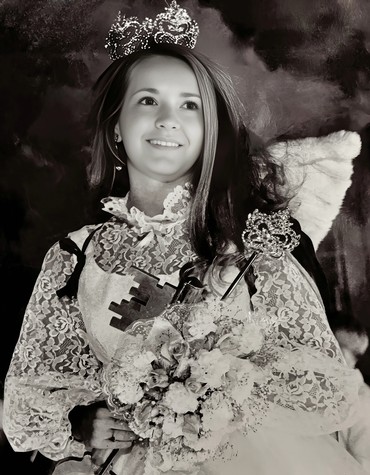
Rhonda Malsam, the 1973 Lodi Grape Festival Queen Tokay. Lodi Grape Festival.
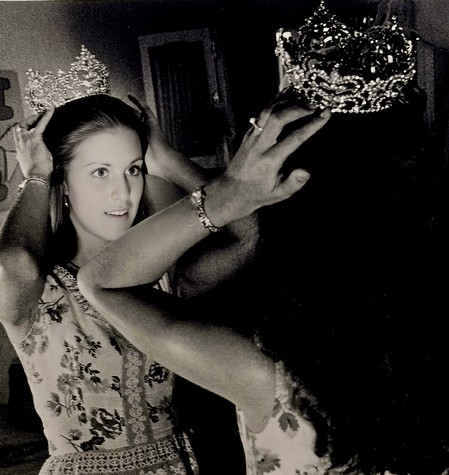
1974's Lodi Grape Festival Queen Tokay Debbie Lehr captured in a "mirror-mirror-on-the-wall" moment. Lodi Grape Festival.
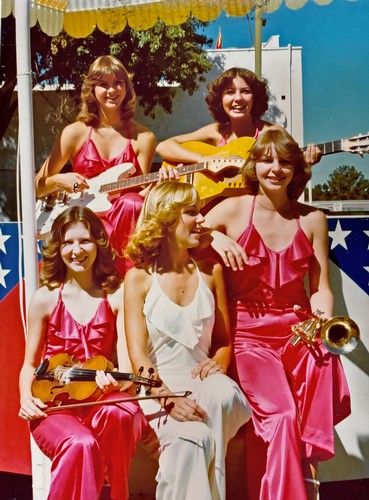
In living musical color, the 1977 Lodi Grape Festival Queen Tokay Ann Gaugel and her pink-clad Princesses. Lodi Grape Festival.
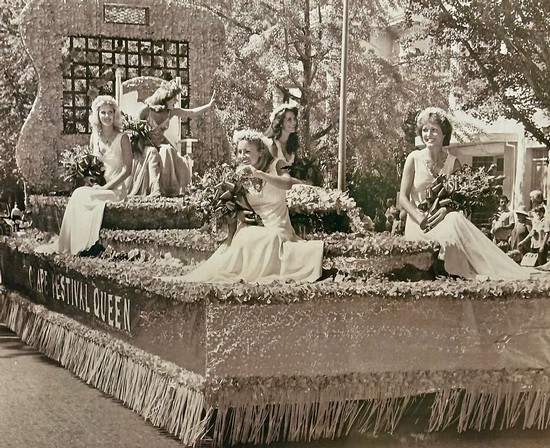
During the 1979 Lodi Grape Festival Grand Parade, Queen Tokay Bettina Naylor holding court on her float. Lodi Grape Festival.
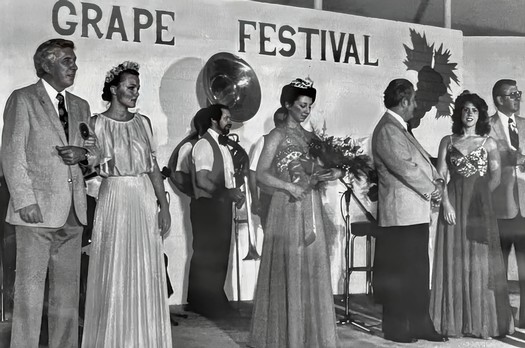
In 1980, the presentation of Lodi Grape Festival's very last Queen Tokay Bettina Naylor and her royal court. Lodi Grape Festival.
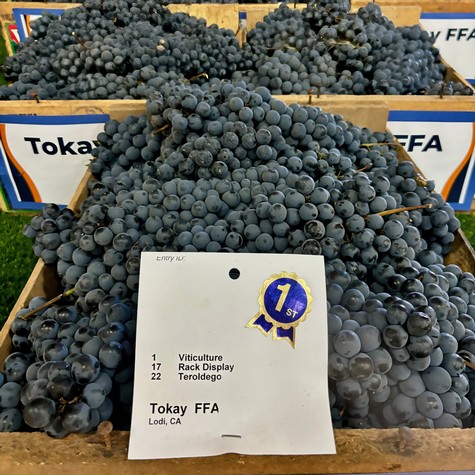
Prize winning Teroldego displayed at the 1973 Lodi Grape Festival.